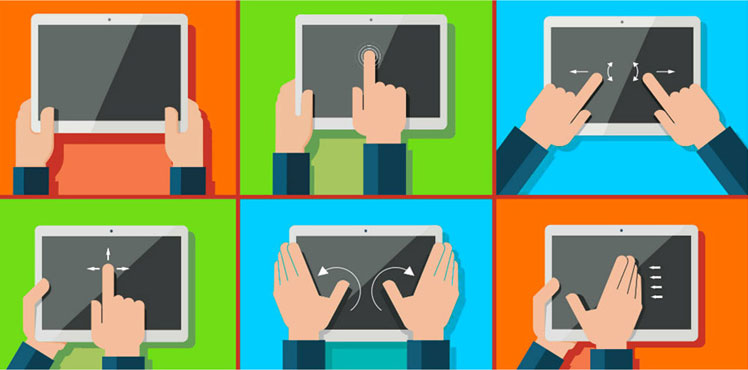Optimizing Ecommerce for Tablets and Smartphones
- By
- PostedAugust 25, 2013
If you're thinking users of Smartphones and tablets do not represent a material part of your eCommerce audience, consider these data points.
29 percent of all U.S. adults own a tablet or e-reader, up from 2 percent three years ago, according to Pew Research.
Sales from tablets and Smartphones were 8 percent of U.S. eCommerce in early 2012 according to comScore. Later in the year, on Cyber Monday 2012, sales of those devices were nearly 13 percent.
Traffic from tablets and Smartphones reached 10 percent of the total in 2012, versus 2 percent just three years ago.
Websites that render in their native form on a tablet and Smartphones are likely losing sales due to navigation and usability requirements of those devices.
This article addresses steps to ensure your eCommerce site works well for tablet and Smartphone users.
Improving Navigation and Usability
Most eCommerce sites use category links and drop down menus to identify products. On a desktop or laptop computer, these parts work well. But on a Smartphone or tablet, they can be a headache because click activity is driven from a finger, not a mouse.
Users' experience frustration in zooming in to view your path options and by clicking unintended category or utility-type links. Incorrect taps are common as buttons and links are too close to click effectively.
As retailers embrace mobile commerce, there is a need to choose a delivery platform for mobile devices.
The native version of a website will not optimally perform, for the reasons outlined above. An alternative approach is to create a mobile subdomain, such as "m.yoursite.com." This is more effective for converting mobile sessions as the experience can be tailored for specific devices.
M-commerce is the New Buzzword
Word of advice – Go Mobile!
Online businesses have realized the need for deeper mobile integration. Witness to this is the increased use of responsive web design that dominated 2012. From a user interface perspective, online businesses will continue to adapt to and make the most use of the available screen real estate of the device from which they are being accessed. As such, there will not be one e-commerce site for the desktop and another for the mobile device. Instead, thanks to Responsive Web Design, there will just be one website which will adapt itself to be viewed in an ideal manner for any screen size, be it a large 55-inch TV screen, a 24-inch monitor, a tablet, mobile or any device that users use to access websites. This essentially means that the user experience will also be the same across all these devices.
Online retailers will continue to create better and customized mobile apps. E-commerce business will be more focused, thanks to personalized mobile campaigns that target specific customers. Online shoppers will share an equal voice in the brand’s decision making process and this will promote a more satisfying user experience.
Localization – Big opportunities for Small Businesses
Word of advice – Go Local!
Online retailers no more shy away from creating indigenous e-commerce websites. Here we are not referring to merely offering your website in different languages. With going local, we are referring to a totally localized user experience. Thus, expect to see more websites based on traditional design aesthetics including the use of local color preferences, local language, local offers and essentially local products and services. For small businesses the move is indeed welcomed, especially if they cater for niche markets. Ours is a curious generation which loves to explore. The local stuff which is marketed across as traditional and exotic, easily attracts customers and generates revenue.
Localization will also pave the way for more personalization whereby users will continue to enjoy an even more one-to-one customer experience. Websites will automatically adapt to show user preferences and tastes. However, personalization will not be only based on past purchases or browsing habits (such as the recommendations offered by Amazon). Instead, we will see more intelligent algorithms that are able to predict which products or service may appeal to you based on advanced segmentation and user profiling.











